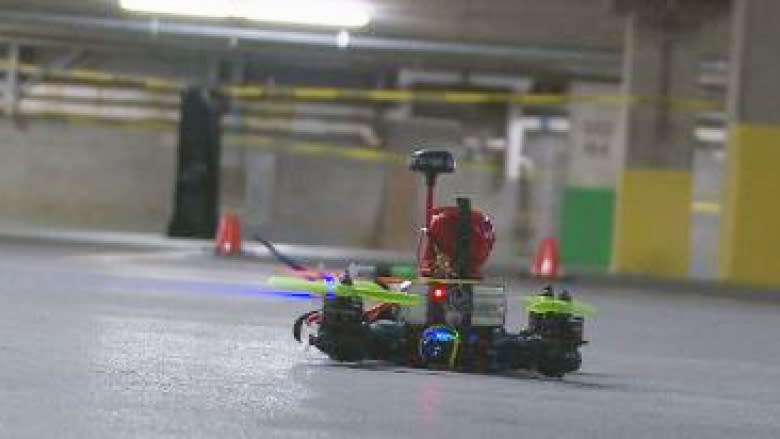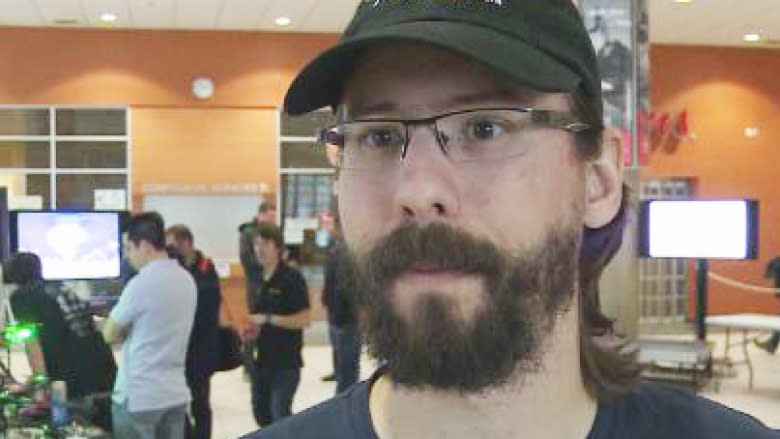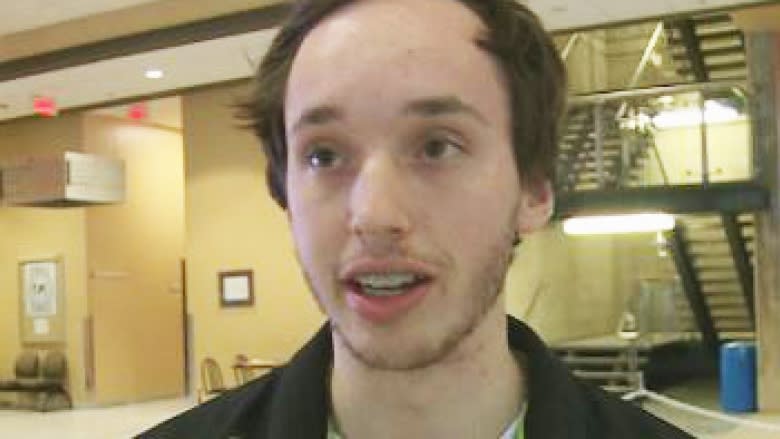Drone racing: Armchair pilots strap on goggles for aerial dogfights
Consumer drones have become an essential tool for shooting aerial footage but a smaller version of the flying camera is putting a high-tech spin on the old-fashioned joy of racing.
Roughly 20 armchair pilots met Sunday morning for a low-flying showdown inside an indoor parking garage in Montreal, in an event organized by the Dronolab club of the École de technologie supérieure (ETS).
The planes whirred, whizzed and hummed past cement walls and around perilous posts as pilots pushed their tiny toys through head-to-head races involving hairpin turns and other manoeuvres. They competed against others doing the same with their remote controls.
Some racers sported goggles, which offered them a bird's-eye view from the tiny onboard camera, while others opted to monitor their real-time, full-throttle course on small screens.
Races led to innovation
The new sport has pushed demand for smaller and faster drones, leading to innovation in drone technology, long dominated by slow and steady crafts built to grab video images.
"People started racing drones and parts got smaller and smaller. Now we have small 250 millimetre drones we can race indoors like we're doing today," said Alex Gilbert, technical director at Koptr Image.
The drones are delicate and can sometimes crash, which requires costly and time-consuming repairs. But the aerial adrenaline rush is worth it, according to all racers.
"We see what the drone actually sees so we're flying like a bird, just moving around and just doing whatever we want. It's a very special feeling inside," said Dronolab member Jeremy Marsolais.
Racers say they require speedy reflexes if they don't want their drones to end up as broken pieces of plastic and metal on the floor.
"The drones go very fast and you have to react fast because every obstacle comes very fast," said racer Mikael Ferland.




